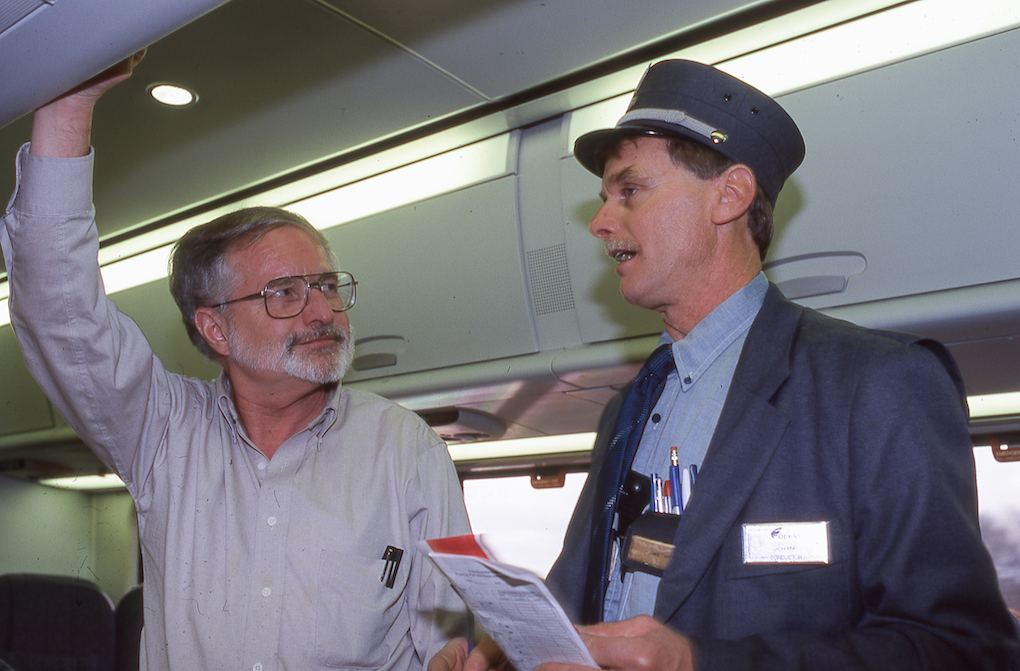
Of all the bylines to grace Trains magazine’s pages over its 85-year history, likely none matches the record of transportation journalist and railfan Don Phillips, whose monthly column ran in the publication in two separate stints between 1977 and 2018, and whose feature stories covered everything from the creation of Amtrak and Conrail to Staggers Act deregulation to the Norfolk Southern steam program. His contributions were an essential part of the magazine for more than 40 years.
For much of that time he was also regarded as one of the nation’s top transportation journalists, with more than 20 years covering the subject for the Washington Post and the Paris-based International Herald Tribune, an affiliate of the New York Times.
Phillips died Tuesday after a years-long illness. He was 83.

Phillips traced his interest in railroading to his childhood in Birmingham, Ala. It was a good time to grow up in the Magic City, served by such classic fallen flags as Frisco, the Southern, and Atlanta, Birmingham & Coast, all of which served the city’s monumental Terminal Station, a place Phillips grew to love.
He also made regular visits to relatives in Carbondale, Ill., where he developed a strong attachment to the Illinois Central and its 2500-series 4-8-2 steam locomotives and orange-and-brown streamliners. It became his “private Camelot,” he later said.
The young railfan subscribed to Trains in June 1956 and quickly became an admirer of Editor David P. Morgan. Phillips later credited Morgan with inspiring him to visit the Norfolk & Western, “to see the last of the big show,” meaning steam. It was on the N&W — at Pusher Siding near Vinton, Va., in November 1958 — that Phillips met his future best friend, photographer Victor Hand. Both were 16.
Phillips described their friendship as unlikely: “He was a brash kid from Brooklyn and I was a slow-talking kid from Alabama. By all rights we should have just said hello and passed on to other things.” They went on to travel the world together, mainly photographing and writing about steam railroads.
Not long after his encounter with Hand, Phillips went to college at Alabama’s Auburn University, where he studied journalism, edited the student newspaper Auburn Plainsman, stringed for several local weeklies, and worked briefly at the Atlanta Constitution. Upon graduation he joined United Press International’s (UPI) Atlanta bureau in 1966, covering Georgia state politics as well as Southern Railway’s attempt to win the state’s contract to operate the Atlanta-Chattanooga Western & Atlantic.
Phillips’s beat at UPI included the colorful Gov. Lester Maddox, a relationship he later mentioned in Trains. “Although Lester Maddox and I got along most days, I have the distinction of being thrown bodily from his office by Lester himself when I asked a question he didn’t like at a news conference.” Phillips was named manager of the Atlanta bureau in 1968 and soon received a transfer to UPI’s Washington bureau.
While still in the Atlanta bureau, Phillips made his first contribution to Trains, a report on the status of Atlanta & West Point 4-6-2 No. 290, in the January 1966 issue. Over the next few years came a number of memorable feature stories, ranging from a report on the Georgia Railroad’s surviving mixed train (September 1967) to an analysis of why the Southern at first stayed out of Amtrak (October 1974) to a profile of Chinese railroads under Mao (November 1972). And Phillips was often provocative: A December 1975 story asked “Could Trucks Replace the RF&P”; the author concluded, “sadly, it’s not a silly question.”
Perhaps Phillips’s highest-profile cover story came in January 1971, when he explored President Richard M. Nixon’s personal and political ties to railroading. The story — “Richard M. Nixon: Rail Romantic” — was Morgan’s idea, not Phillips’s, but he gamely accepted the assignment. It caused a stir, given Nixon’s status as a politician, but the story itself was a marvel of reportage.
Phillips gained national prominence as a transportation writer when he joined the Washington Post in 1986, working there 19 years. After leaving the Post he spent nearly two years writing for the International Herald Tribune.
The transportation beat gave Phillips a front-row seat at a wrenching time, marked by deregulation across not only railroading but also aviation and trucking. He covered changes in federal transportation policy, the mega-merger era in the railroad industry, the growing use of super-size trucks, as well as a string of grievous, precedent-setting accidents, about which he also reported for Trains.
The latter included the infamous Jan. 4, 1987, wreck near Chase, Md., in which Amtrak’s New York-bound Colonial plowed into a Conrail local that strayed onto the Northeast Corridor main line, killing 16 people. The accident led to major changes in the railroad industry’s drug-testing policy. Phillips also reported extensively on the crash of Amtrak’s Sunset Limited at Bayou Canot north of Mobile, Ala., on Sept. 22, 1993, as well as the explosive loss of TWA flight 800 over Long Island on July 17, 1996.
Much of his experience at the Post informed his column in Trains, which began in the August 1977 issue under the name “The Potomac Pundit,” a moniker the ever-alliterative Morgan came up with and Phillips gladly accepted. Although the column mainly focused on the effect of Washington policy on railroads, Phillips sometimes followed his railfan muse and veered off in other directions.
In his first column, Phillips went to some pains to explain his wouldn’t be a railroad column, but a transportation column. “I am not here to promote the railroad industry. I am here to give you information and informed opinion that will allow you to decide for yourself what is right and wrong for the industry. Information — not propaganda — is power.”
Thus began a long run of “Pundit” columns, during which Phillips often ruffled the feathers of readers from various quarters: railroad management, card-carrying union members, even railfans and their pet interests. The column became a must-read.
However, inexplicably, Morgan terminated Phillips’s column — along with that of longtime “Professional Iconoclast” contributor John G. Kneiling — after the March 1986 issue. Then, just six years later, J. David Ingles, Morgan’s successor, revived the column in February 1992. As Ingles wrote at the time, “Suffice it to say we’ve wanted to bring Don Phillips’s learned views back into Trains regularly for a long time.”
Back in the saddle as columnist, Phillips continued to report on the industry from the Beltway perspective in an era marked by mega-mergers, changes in operational philosophy, and advances in communications and motive-power technology.
For most of his second act, Phillips’s column lost the “Pundit” title and was simply listed as “Don Phillips” or, later, “Commentary” with Phillips’s byline. Rescued from the encumbrances of being the pundit, Phillips was free to explore more personal themes, ranging from a love letter to the late railroad artist Ted Rose to his re-discovery of his old teenage photographs to a lament for the Ringling Bros. and Barnum & Bailey circus train.
In May 2018, then-Editor Jim Wrinn discontinued the column, but Phillips found new venues for a column under the heading “Capitol Lines” for Railfan & Railroad and a revived “Potomac Pundit” for Passenger Train Journal.
Like any good journalist, Don Phillips didn’t take himself too seriously. When Dave Ingles brought him back in 1992, Phillips noted dryly: “MacArthur returned to the Philippines. Amtrak returned to Wyoming. Freddy returned to Elm Street. And now Phillips has returned to Trains.” In the end, Phillips’s second act on the magazine was as potent and entertaining as the first.






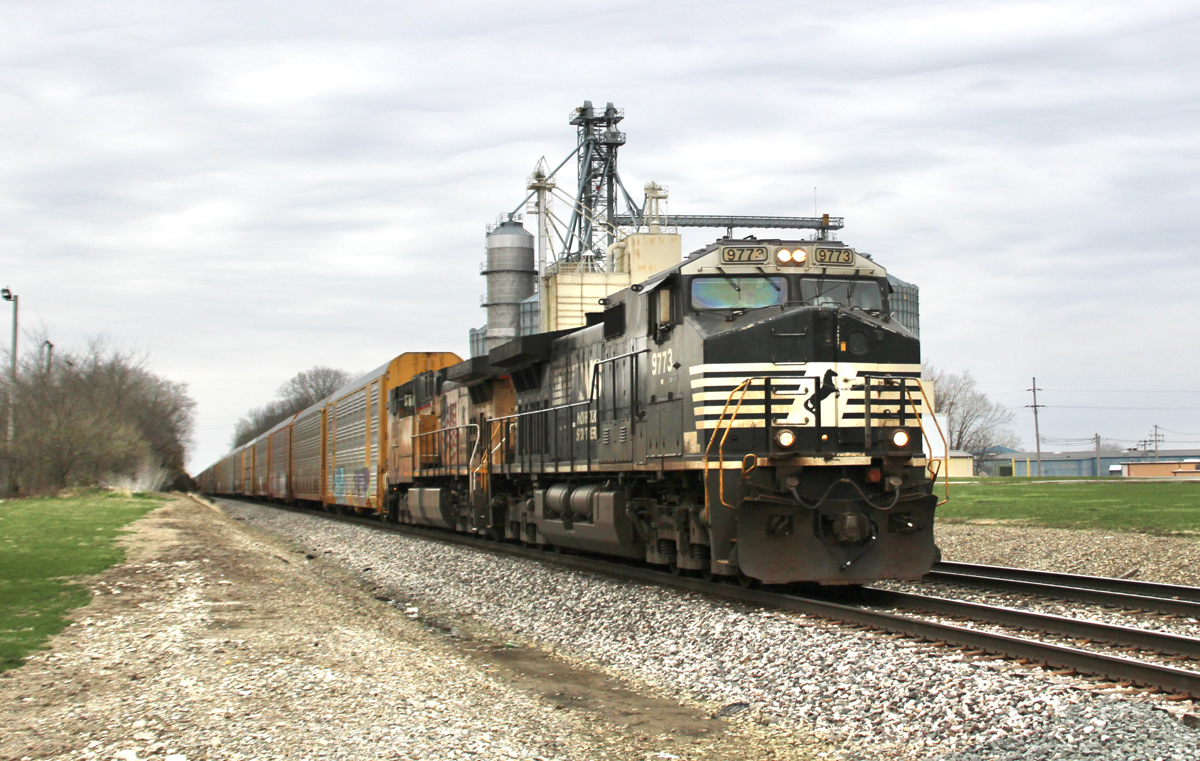
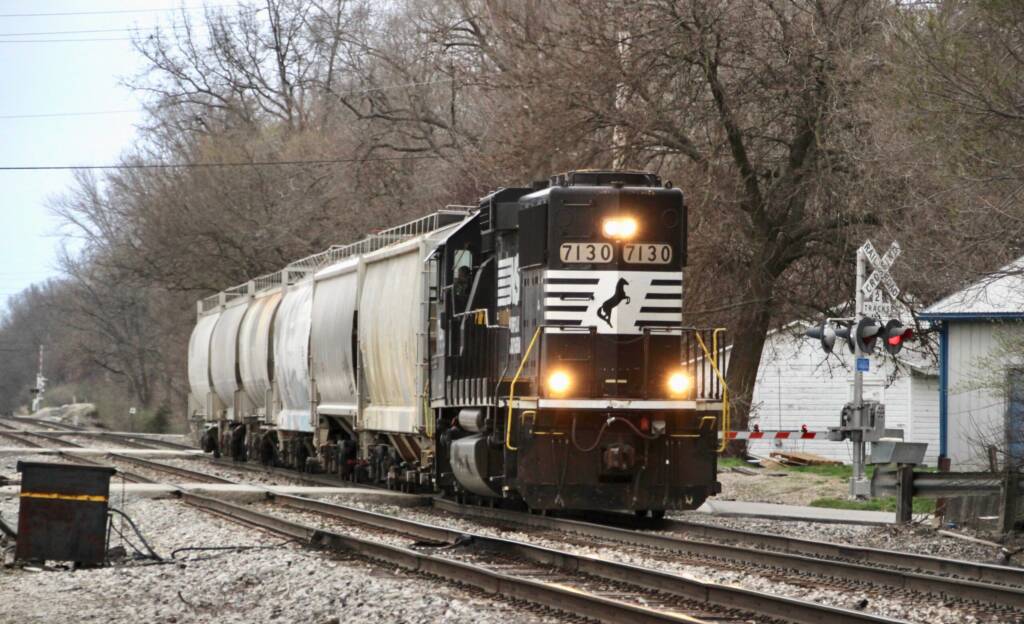


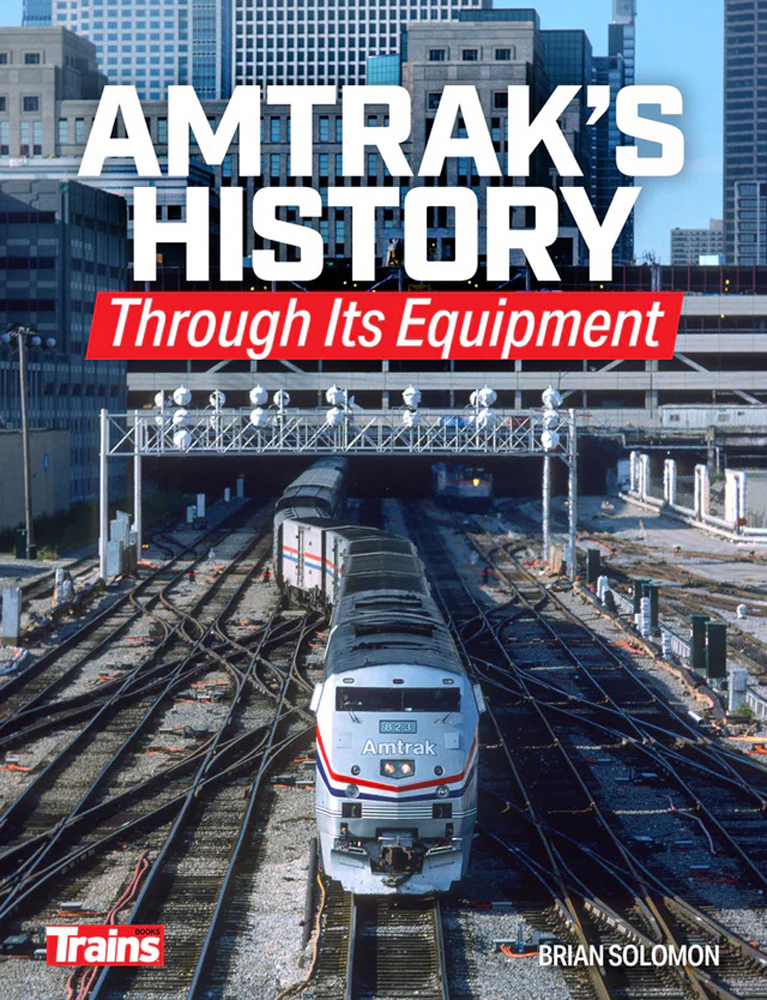
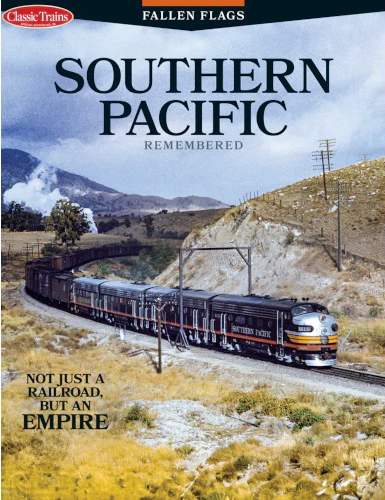
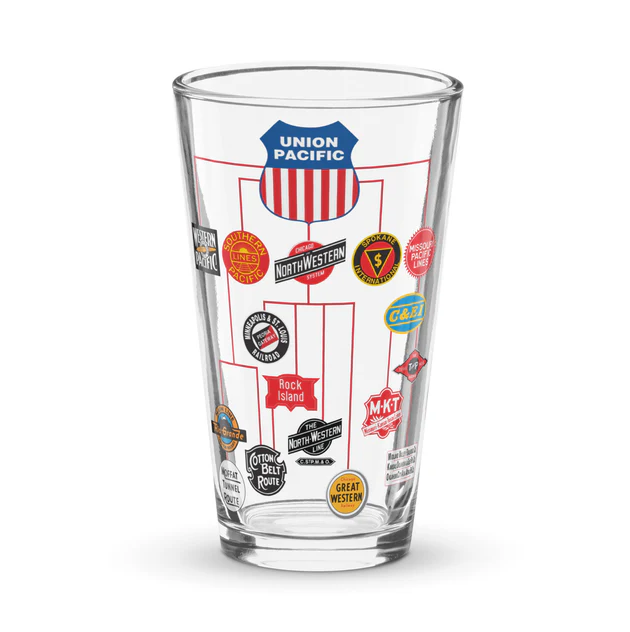
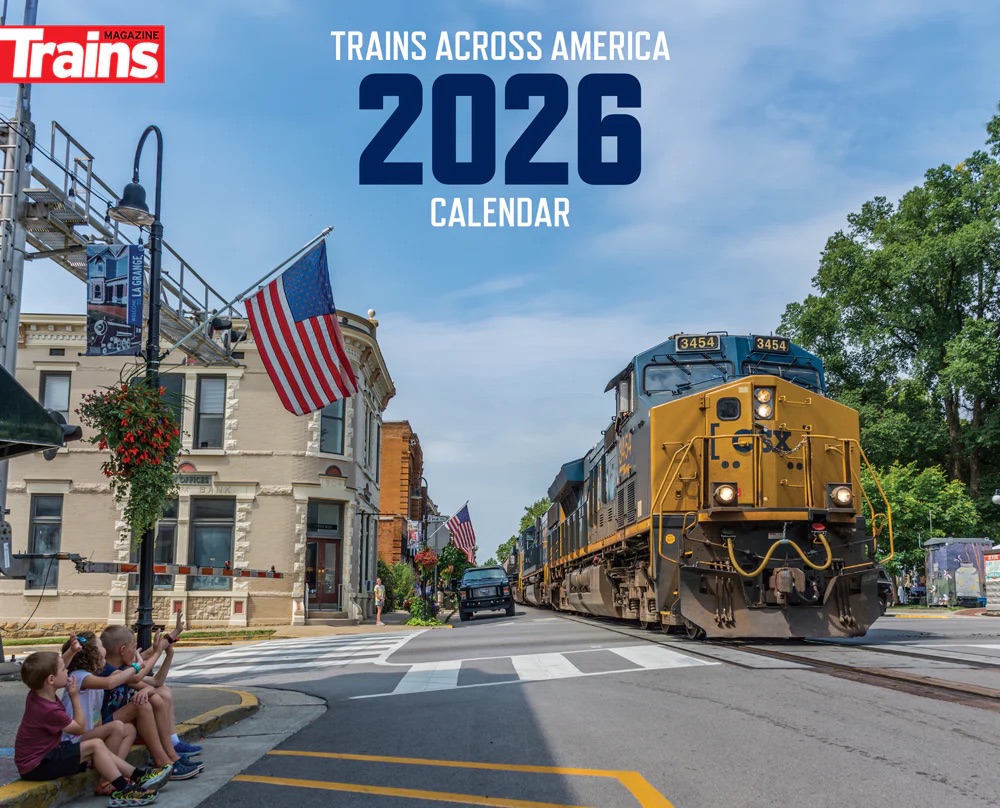
Rest in peace, my friend.
When I moved to Annapolis from NJ, I called Don’s number at the Post, and of course he picked up the phone himself. We agreed to meet for lunch near his office, during withich he readily shared his wealth of knowledge of the area railroad scene. He sponsored me to the Lexington Group, and we subsequently met at various national functions including the Kalmabach 75th. I’ll never forget his quick wit, his happy smile, and his generous spirit. Rest in peace, buddy.
Thank you sir for your work and affect for our common avocation. I always felt better informed for his writing as it was information and facts as he saw it. May his tribe always increase. Blessings
Thank you, Kevin. It’s hard to write an obit for someone with as sprawling of a life and career as Don Phillips; this remembrance was outstanding. May his memory be a blessing.
I always look forward to reading Kneilings and Phillips columns in Trains (Kneilings always preceded Phillips). Another legend has timed out. Your thoughts will be missed.
Sorry to learn of Dons Passing. I met him years ago at a Congressional hearing on Amtrak and would see him often in my frequent visits to DC as the President of Illinois Association of Railroad passengers. We had a number of conversations on Amtrak and the future of the rail industry in general. His contribution to rail history through his reporting and other writings is his grand legacy.
Don and I were good friends for ages. We were often on the phone, email, or sharing a table over a good meal, to discuss railroad topics. I will miss him. If there’s a story to be told in railroad heaven, it will have a Don Phillips by line.
I enjoyed your columns in Trains, R&R and PTJ, Don. RIP and thank you. The Lord has punched your ticket.
For years my first read when Trains showed up in the mail was to read Don Phillips always enjoyed then at times he made me unhappy but always left me with new things to ponder, he is missed from trains, may his memory never fade, how soon will St. Peter let Don ride the heavenly trains most likely pulled by steam. Question is IC, ACL, A B &C, N&W well you get the idea. Thanks Don for all you have shared.
What a terrible loss.
With Fred Frailey now retired, and J. David Ingles, George H. Drury, David P. Morgan and many others passed on, I feel grateful for those who take their places. Especially the consistently superb Brian Solomon, Bob Johnston and Bill Stephens.
This obituary includes reference to Don’s immortal column, “Could trucks replace the RF&P?” Really, who else could have written that article, besides Don? Don’s wider viewpoint as to transportation as a whole, not just railroading or railfanning, was invaluable.
Don and I sat next to each other at the 2008 CSX stockholders’ meeting which was an adult food fight between management and an activist investor of the month. We were scratching our collective heads whist consuming our company provided poboys in the swamp. The science of transportation journalism is exponentially poorer today. Thank you, Don, for revealing that science to us.
For many years, Don was a good friend where we shared many hours of stories, opinions, and conversations on issues. He was a remarkable, highly intelligent, and insightful journalist. I had the utmost respect for him.